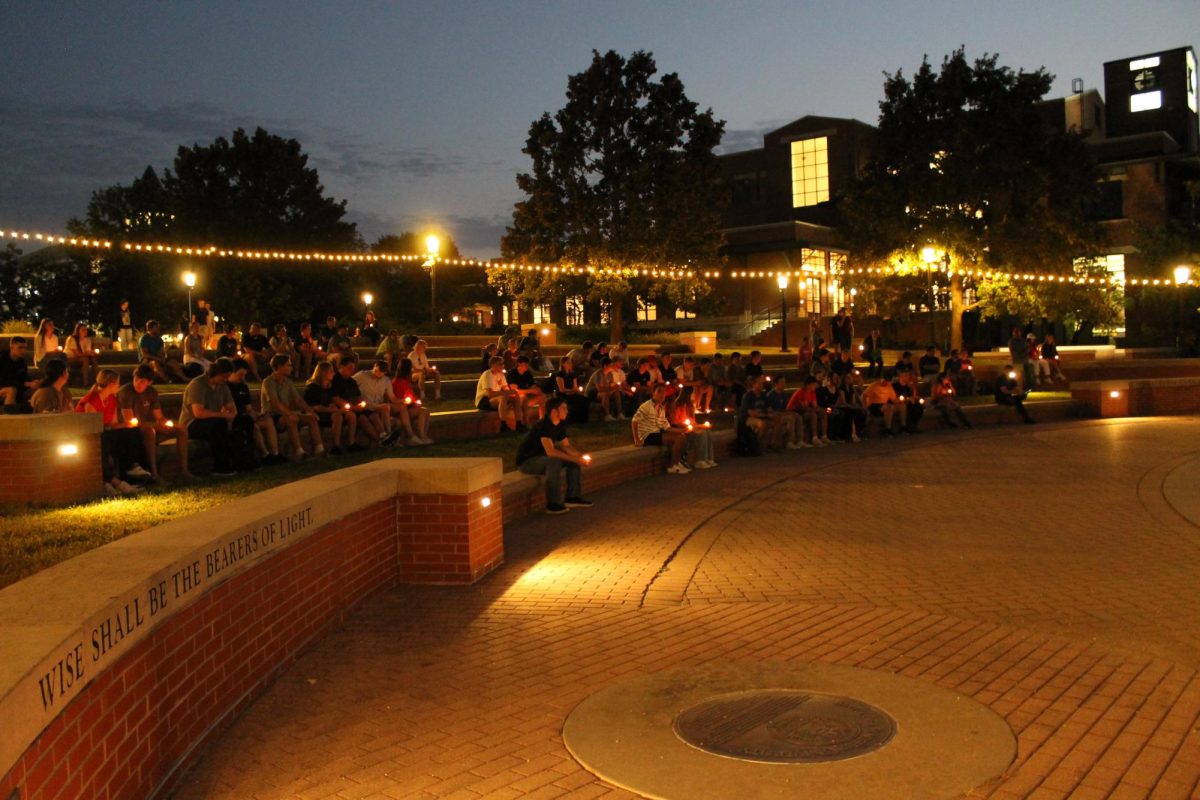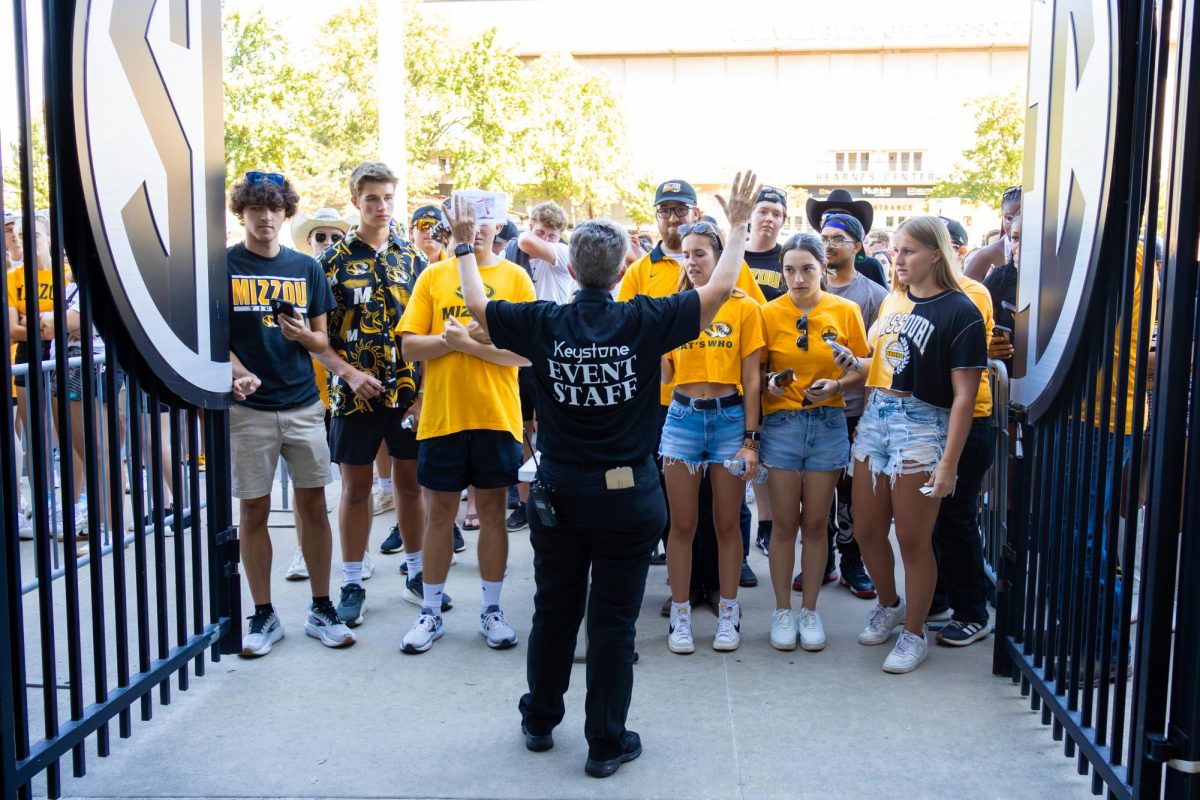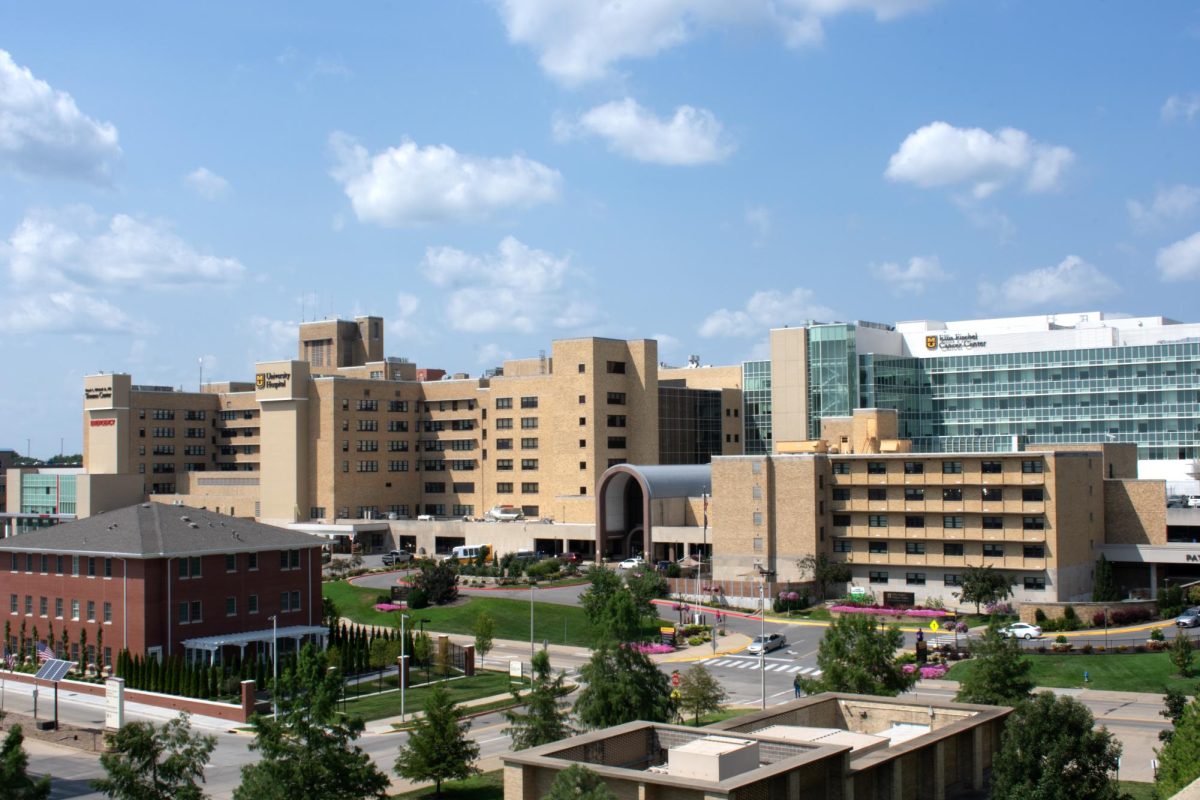Walking through McKee Gymnasium — one of three buildings rated over 0.5 on the Facilities Conditions Needs Index last year — is like taking a step back in time.
Foggy windows, stairs and walls with chipped paint, and old wooden floors and doors are several of the building’s most outdated features. The building was built in 1922 and hasn’t received a complete makeover since.
But McKee, which scored 0.8 on the index, isn’t alone. Waters Hall also scored 0.8 and Mumford Hall scored 0.5, meaning that about 80 percent and 50 percent of the buildings need to be completely renovated.
The university’s goal is to reduce overall campus FCNI to 0.3 in 10 years, according to [a previous Maneater article](https://www.themaneater.com/stories/2014/1/31/board-curators-discusses-renovations-facilities-se/).
Waters and Mumford have also received no significant updates since they were first constructed, with only regular maintenance repairs to ensure the building can still function.
The three buildings serve academic functions and house several departments, such as the Department of Nutritional Sciences and Exercise Physiology (in McKee), the Division of Plant Sciences (in Waters) and the Department of Agricultural and Applied Economics (in Mumford).
Campus Facilities spokeswoman Karlan Seville said the buildings were deemed safe for occupancy by inspections performed at the beginning of this year, and they are currently in use by students and faculty. However, she said, the buildings are still outdated and not optimal for how they are used today.
“None of the buildings are designed for today’s technology and today’s teaching styles,” Seville said.
Renovating McKee is expected to cost about $15 million, while Waters and Mumford are anticipated to cost $22 million and $24 million, respectively.
The university’s total facilities backlog has been estimated at $1.3 billion, with $186 million considered “urgent.” At a UM System Board of Curators meeting in January, the board discussed the possibility of imposing an annual student fee of $300-350 to raise funds for facilities.
MU spokesman Christian Basi said the Missouri Board of Higher Education asks for MU’s requests for capital improvements every year. McKee, Waters and Mumford were all included on this year’s list.
Basi said MU officials would not know the specific details of the projects until funding is approved by the state legislature.
“Once funding is in place, a lot of action starts taking place … but we hesitate to make any significant steps before then because we don’t want to overplan until the money is secured,” he said.
Basi said MU personnel consider how they can more efficiently use the existing space with every renovation. For example, Basi said, many of the campus’ older buildings have high ceilings that can be renovated to add an additional floor for more classrooms and laboratories.
“Every time we renovate a building, we are making a concerted effort to improve the overall academic performance of the campus,” Basi said.
Despite their high rankings on the FCNI, the three buildings are among 30 that need to undergo renovations, Seville said.
According to Seville, MU does not have a list outlining the priority for renovations, but buildings that house STEM-field majors will likely be the university’s first priority.
Seville said securing funding for Lafferre Hall has been one of the university’s top priorities for several years.
Missouri Students Association Senate Speaker Ben Bolin said that having so many outdated buildings reflects poorly on the university.
“When I was thinking about going here, I was taken away by the botanical garden and inspiring atmosphere, but to have buildings that are an eyesore or that need to be redone takes away from the great atmosphere that we’re trying to create here,” he said.
Bolin said MSA will wait to see if the state legislature approves funding for the three buildings before they take action. Last year, the group traveled to Jefferson City to rally for funding for Lafferre Hall with members of the Associated Students of the University of Missouri.
“Students need to have something that’s conducive to technology today because if these areas aren’t updated, it negatively impacts students’ productivity and our ability to learn,” Bolin said.














